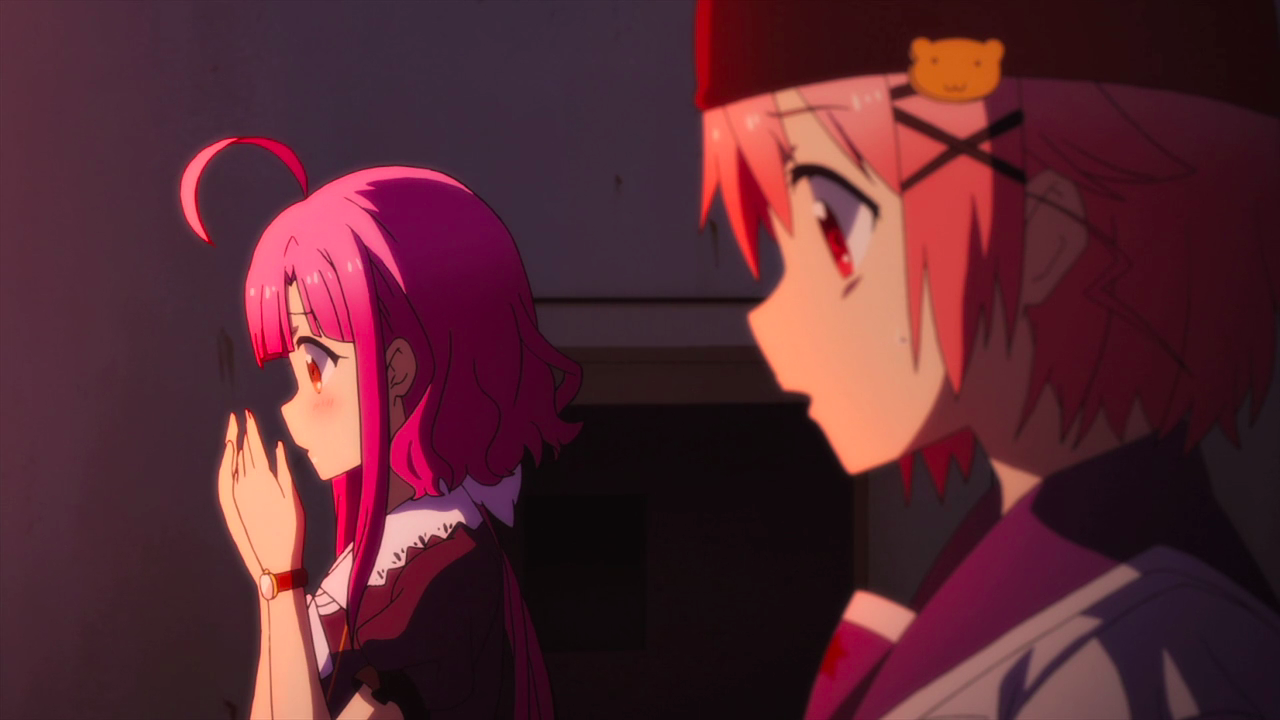Table of Contents Show
Fans across the board have freely imagined significant traits or information about their favorite anime characters that go beyond their personalities from the show. Some fans sometimes create intricate backstories that might explain a certain habit of a character; others give them little quirks or likes and dislikes that are not present in the show but still make sense.
They can range from fans believing one particular protagonist has a fear of bugs or has a certain hobby that is not explicitly shown on screen — to more complicated traits. Giving fans the opportunity to let their imaginations take the wheel allows them to expand the character beyond what they are presented as, creating the chance for fans to bond over these ideas.
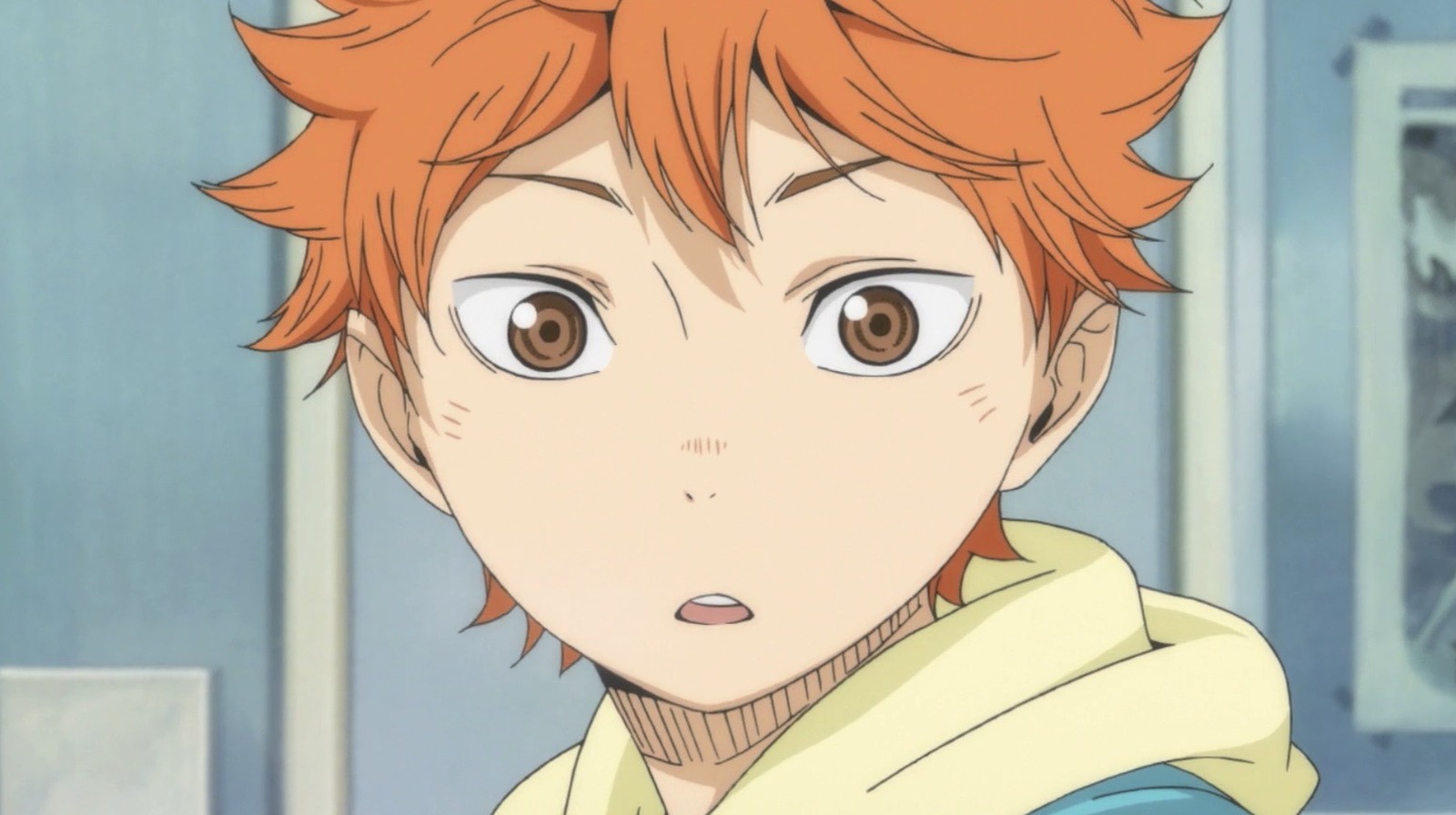
While it can be tame, there are instances that bring up the question of whether or not fans have begun to go too far. As with some fanon personalities that have been forced onto characters like Hinata Shoyo from Haikyuu!! (2014), the concept has since completely begun erasing their canon personality altogether. Additionally, there are also canon characters who are not innocent. As we see it in this case, the problem lies with both fanon and canon and the infantilization they seem to have adopted, so let’s take a closer look.
What Are Fanon And Canon?
Canon and fanon are well-known concepts within the fandom community; they are two specific terms that are constantly used in whatever film, show, or book that is currently popular among fans.
Canon
According to the “Urban Dictionary,” canon is:
“a word to describe something that is true to the original story.”
(( Urban Dictionary. “Canon.” 2023. ))
Canon is considered factual, which means that these ideas were created by the original author of the story. It is possible, for example, that an author might share a tidbit about a certain character that was not shared in the book but is true for them due to the purpose for which they were written. “Fanlore” (( Fanlore. “Canon” 2023. )) defines canon as “what fans agree actually happened.” Typically, when fans continue to develop a character, they will maintain their personality and backstory while adding to it.
Fanon
Fanon, on the other hand, is the opposite of canon; it is a collection of ideas or interpretations that are widely agreed upon by fans. Fanon is made up by fans and is mostly used in fanfiction and to supplement their canons.
As stated by “Vox,” fanon is:
“widely distributed and becomes a major fanon trope, meaning it makes its way around fandom and becomes a well-known idea.”
(( Romano, Aja. “Canon, fanon, shipping and more: a glossary of the tricky terminology that makes up fan culture.” Vox. 2016. ))
Fanon is where fans have the ability to take a character and bring them beyond their original world.
Fanon’s Infantilization Of Male Characters
One way that fans tend to portray certain characters is by making them out to be more innocent or childlike than they are: infantilization. There are several aspects of infantilization, such as treating teenagers or adults as children or denying them their maturity. In fandoms, it is perceived primarily as a harmful trope that prevents characters from growing beyond their initial portrayal. There is a tendency to portray these types of characters as naive, childish, extremely optimistic, and ignorant about how the world works.
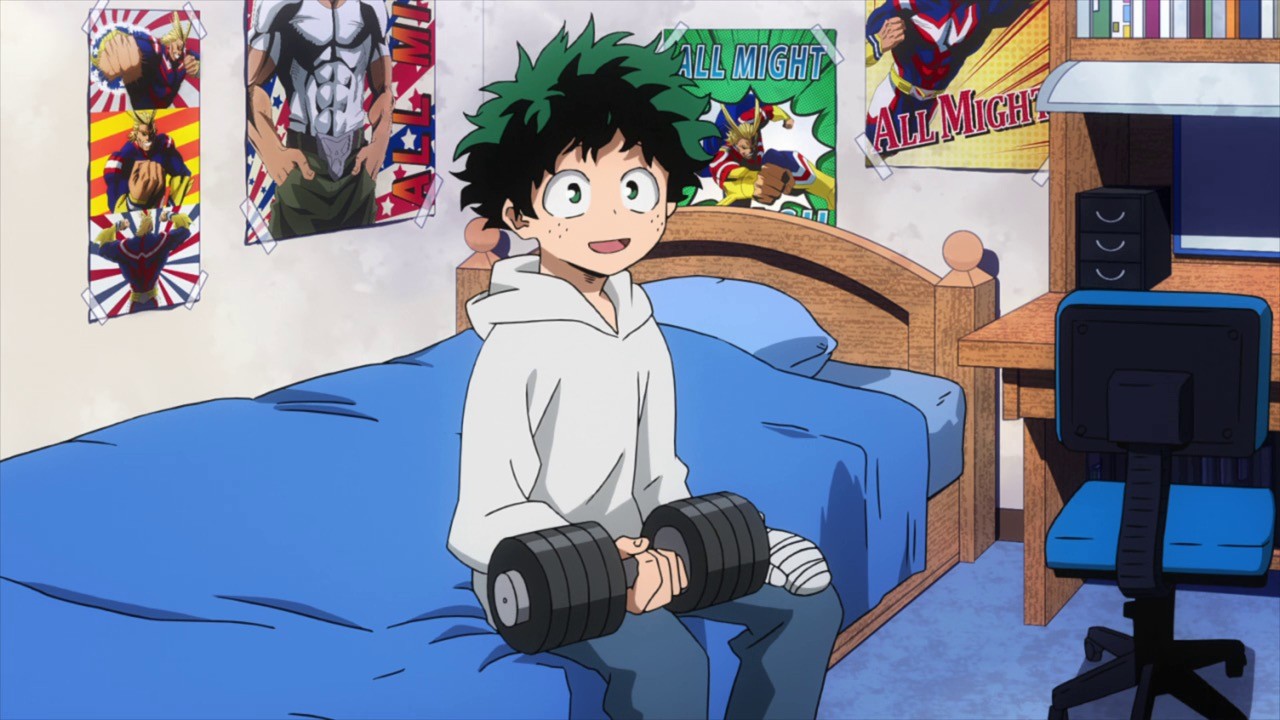
The term is also seen in more sexual, mature content; they are put in sexual scenarios, and made to appear completely unaware, even though they are minors or look like them. With these characters being so young canonically and portraying them as even younger in fanon, the issue itself of putting child-like characters is rooted in pedophilia which makes it even more problematic.
Hinata Shoyo In Haikyuu!! (2014-)
Hinata Shoyo, the main protagonist in the anime Haikyuu!! (2014-), a manga and show about volleyball that follows Hinata’s ever-progressing volleyball career as he goes up against team after team, is known for being a big ball of energy. He is constantly seen jumping off the walls in excitement with a very large smile always plastered on his face. His personality is constantly compared to the sun from how bright he is portrayed making not only fans but other characters in the show, quickly come to like him.
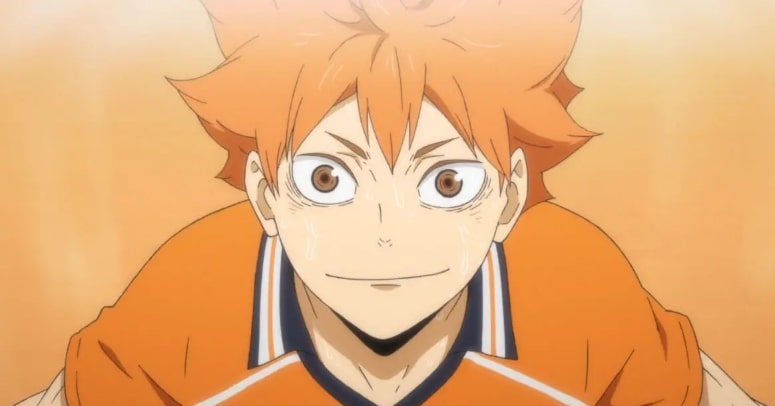
Yet — while this personality is not something that is inherently bad, the fanon personality he is given goes beyond just him being a happy-go-lucky kid. In fact, it in a way borders on infantilization. One can say that Hinata is seen in this manner due to his overall physical appearance.
At the start of the series, Hinata is one of the smallest and a first year on his team. He has a very child-like appearance due to his small stature and slow physical development. The way that Hinata looks, coupled with his personality, has made it exceedingly easy for fans to baby him. And they do so in fanfictions, fanart, or when simply speaking about him. In the fandom itself, Hinata is constantly dumbed down in a way that makes him unable to make his own decisions and think for himself.
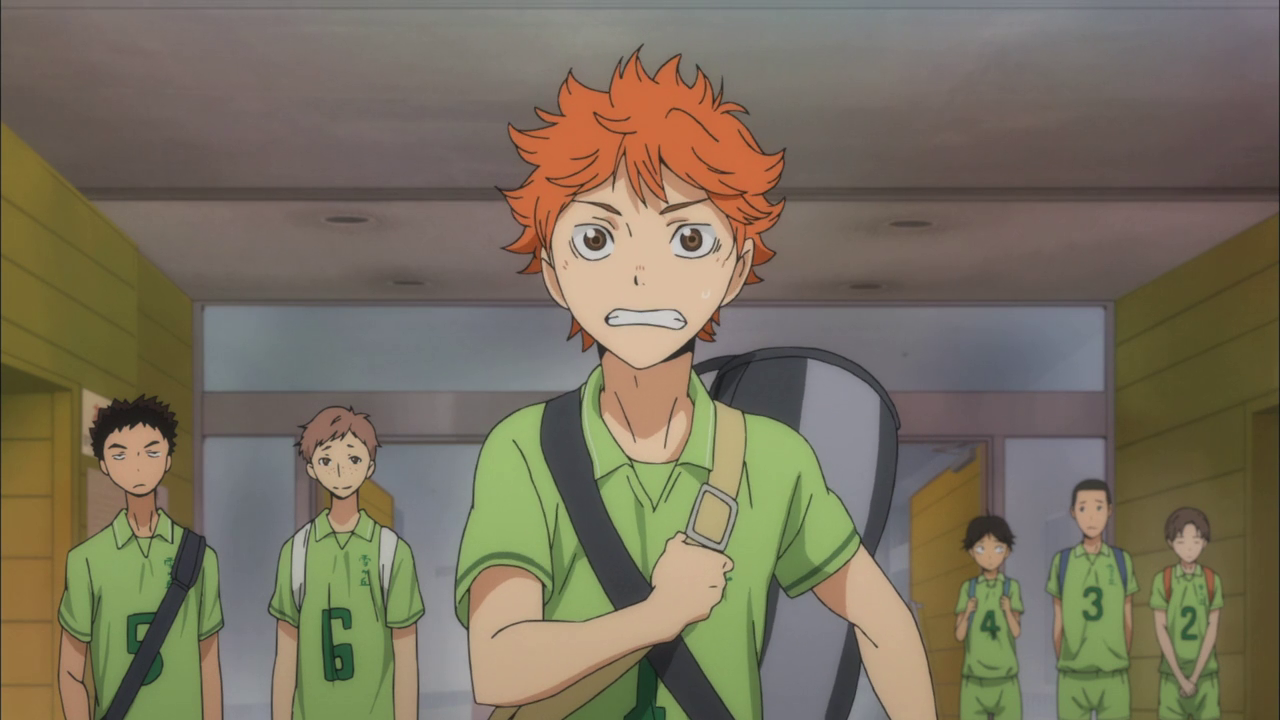
With Hinata’s academics, he is always the character that requires more assistance and gets the worst grades, and those around him never seem to let him forget about it. This is a big characteristic that is constantly used in the fandom; the idea of dumbing down a character and minimizing their intelligence is actually a common theme seen in infantilization, in order to make them appear more innocent.
Izuku Midoriya In My Hero Academia (2016-)
As the main protagonist of one of the more popular animes to grace our television screens, My Hero Academia (2016-), one would expect Izuku (Deku) Midoriya to be praised in the fandom for his passion and overall good nature. That is not exactly the case. Even though Izuku is very emotional, this trait of his exaggerates beyond who he truly is.
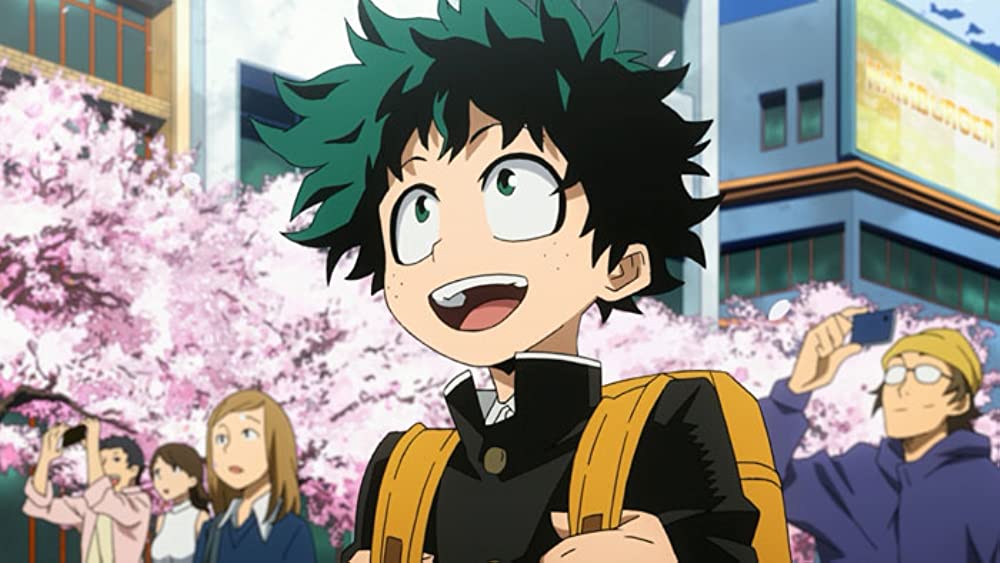
It is very similar to how Hinata is portrayed and fans have continuously taken to Tumblr (( mci-writing. “I hate fanon!Deku so much.” 2023. )) to express their distaste for the constant babying of certain characters. Izuku’s canon personality is nothing of the sort and he is more strong-headed and simply enthusiastic than the cinnamon roll fans make him out to be.
It is true that at the beginning of the series, Izuku did have a harder time with everything which makes his more emotional state understandable, yet he is still constantly overlooked; again, this continues to paint the idea that this overall treatment is acceptable.
Canon’s Infantilization Of Female Characters
While Fanon has pushed infantilization onto male characters it’s important to note that they are more commonly only subjected to this harmful trope outside of the canonical sphere. Female characters, on the other hand, are infantilized not only in fanon but more often canonically through their physical appearance, intelligence, and lack of aging.
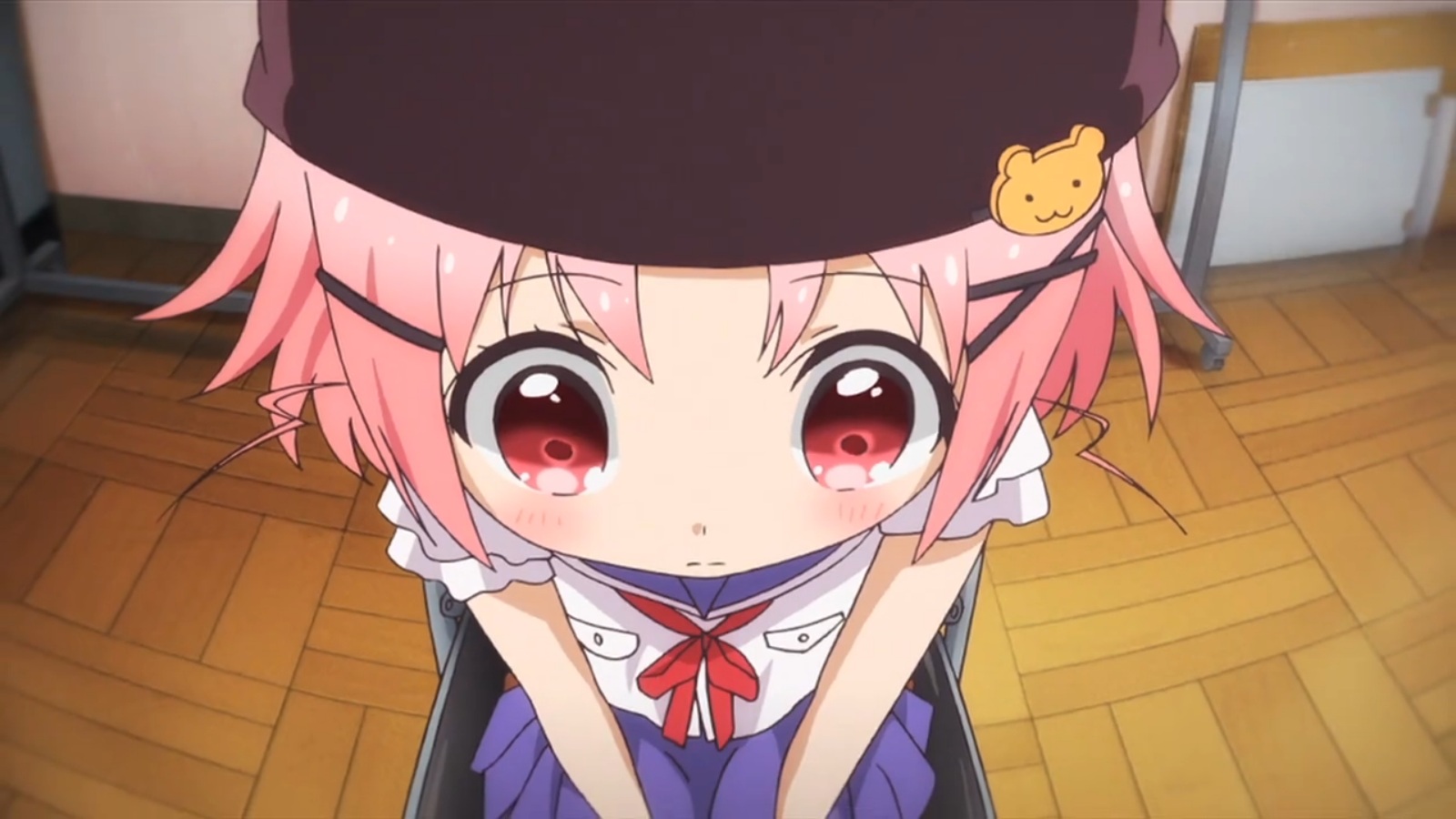
With this, it is possible to see viewing these characters in this light as acceptable since the creator themself decided this is how that character will act. However, this is just as problematic as it continues to perpetuate the idea that women can be nothing more than cute, small, and submissive.
Tohka Yatogami In Date A Live (2013-)
A female anime character that first comes to mind that exhibits behaviors closely tied with infantilization is Tohka Yatogami from the Date A Live (2015-) series. The show follows the main character, Shido Itsuka, who discovers that the “spacequakes” assaulting his city are actually caused by spirits. The premise of the show revolves around Shido needing to seal the spirits in order to stop the spacequakes from continuing to kill more innocents.

This concept is where the problems begin to arise. Aside from being like a vast majority of the characters in the show, whose faces make them look younger than they are, Tokha is also portrayed as someone who is relatively innocent.
At first, Tokha is cold and emotionless which paves the way for her to “grow” into her character or be taught how to act as she learns about the human world. A key part of this has to do with the fact that Tohka after being sealed exhibits child-like behavior. She is able to experience the emotion that is taught to her by Shido. There are even instances where she has to explicitly ask whether or not she is being deceived.
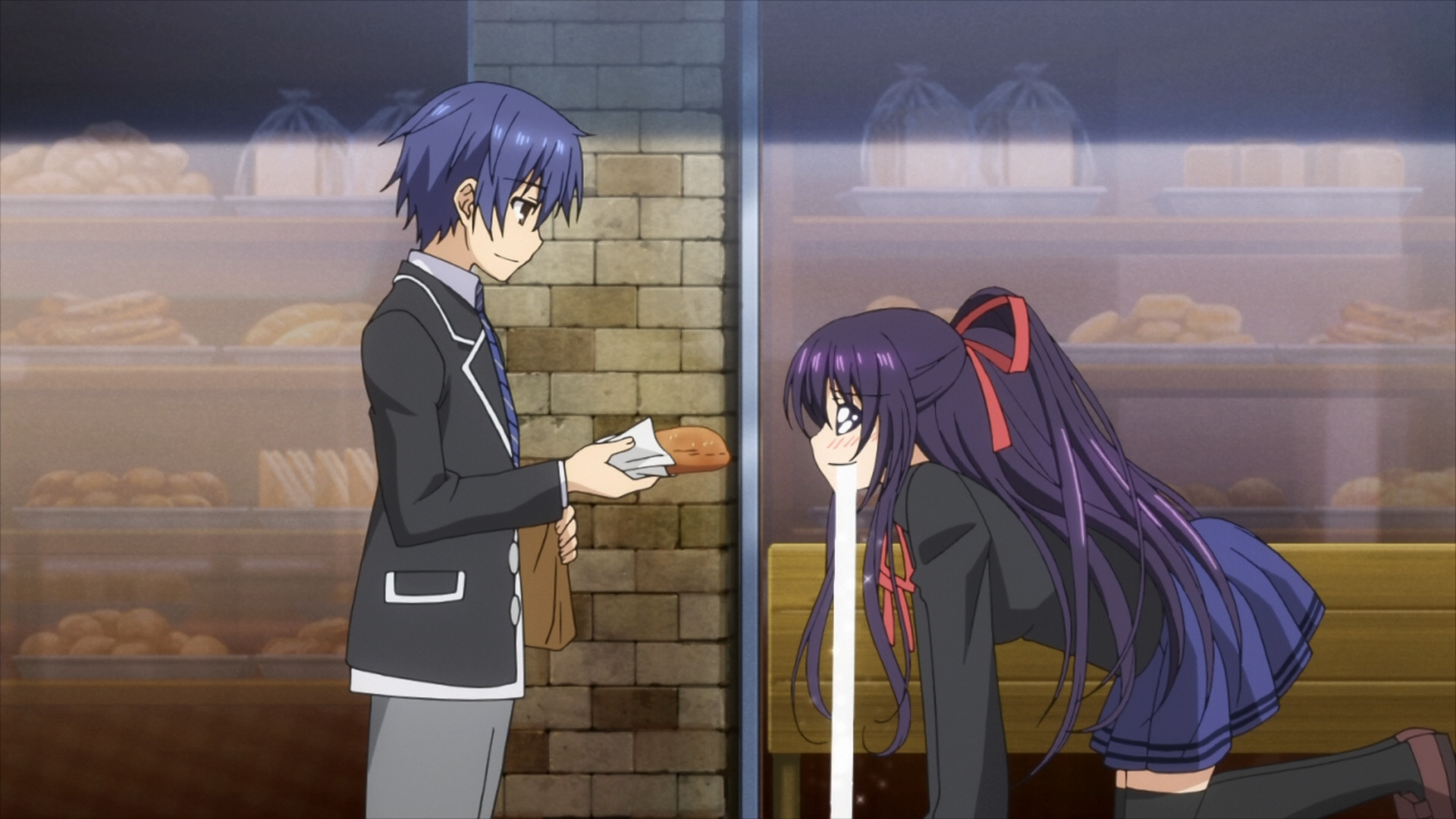
It is a trope often associated with the main male protagonist stepping into a teacher role. Monica Hunter-Hart describes this trope as when the more “powerful” male shows the “ignorant” female how to act in a:
“socially acceptable manner and also becomes her guide in romance.”
(( Hunter-Hart, Monica. “‘Born Sexy Yesterday’ Trope Wrecks ‘Fifth Element’ On Anniversary.” Inverse. May 9, 2017. ))
The “born sexy yesterday” trope essentially equates childish behavior to sexual appeal. By the woman being socially inept, when those are unable to comfortably socialize, engage in conversation and interact with others, it hammers down on this idea that having a more submissive character who needs to be protected at all times is sexually appealing. They are often only able to rely on one character in their series: the male protagonist.
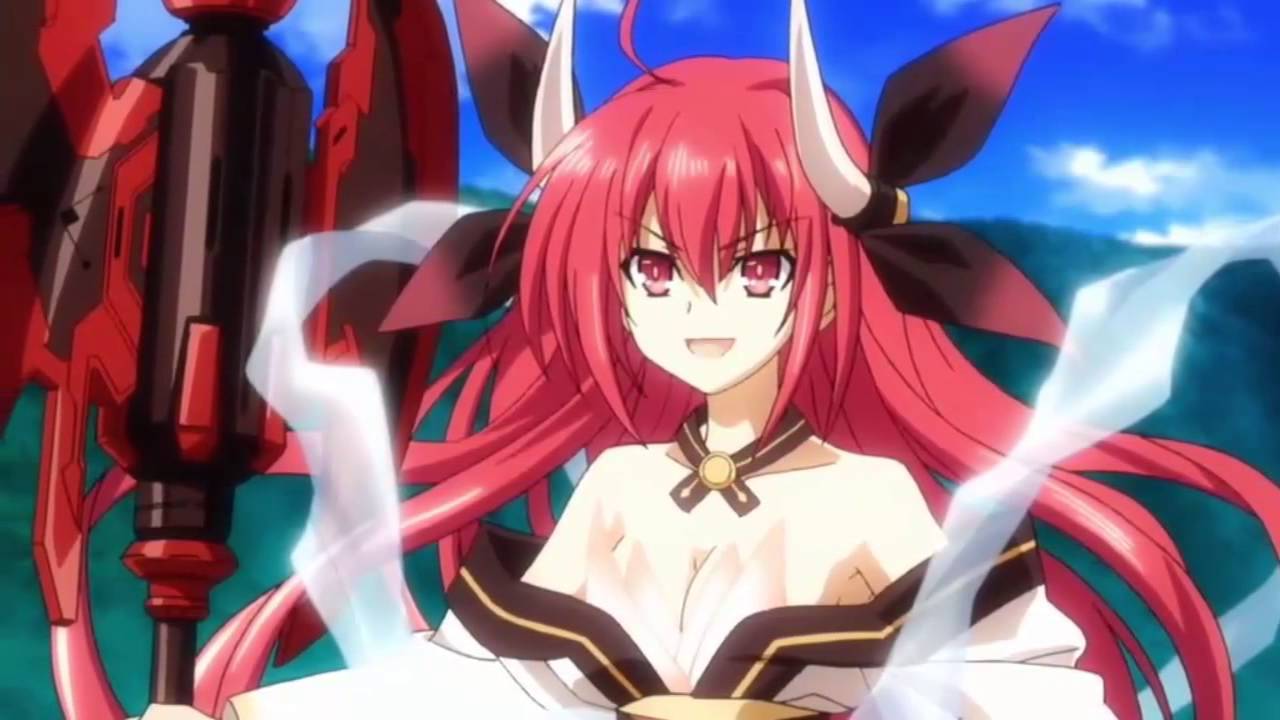
In addition to Tohka’s lack of knowledge about romance, she is also modest. Even though she is unfamiliar with the concept of physical intimacy, she does not hesitate to kiss Shido when he kisses her. She follows along in a manner that is typical of adolescents when they are unsure of how to proceed, further promoting the concept of infantilization.
Yuki Takeya In Gakkou Gurashi! (2015)
Gakkou Gurashi! (2015) revolves around a group of high school girls in a club dedicated to making their high school experience as enjoyable as possible. While it appears to be a light-hearted anime, it quickly turns dark once viewers realize that the girls are actually facing a zombie apocalypse. The concept itself is fairly interesting, however, similarly to Date A Live (2013-) all of the characters despite being third and second years in high school look disturbingly like elementary school children. Even their teacher, Megumi Sakura does.
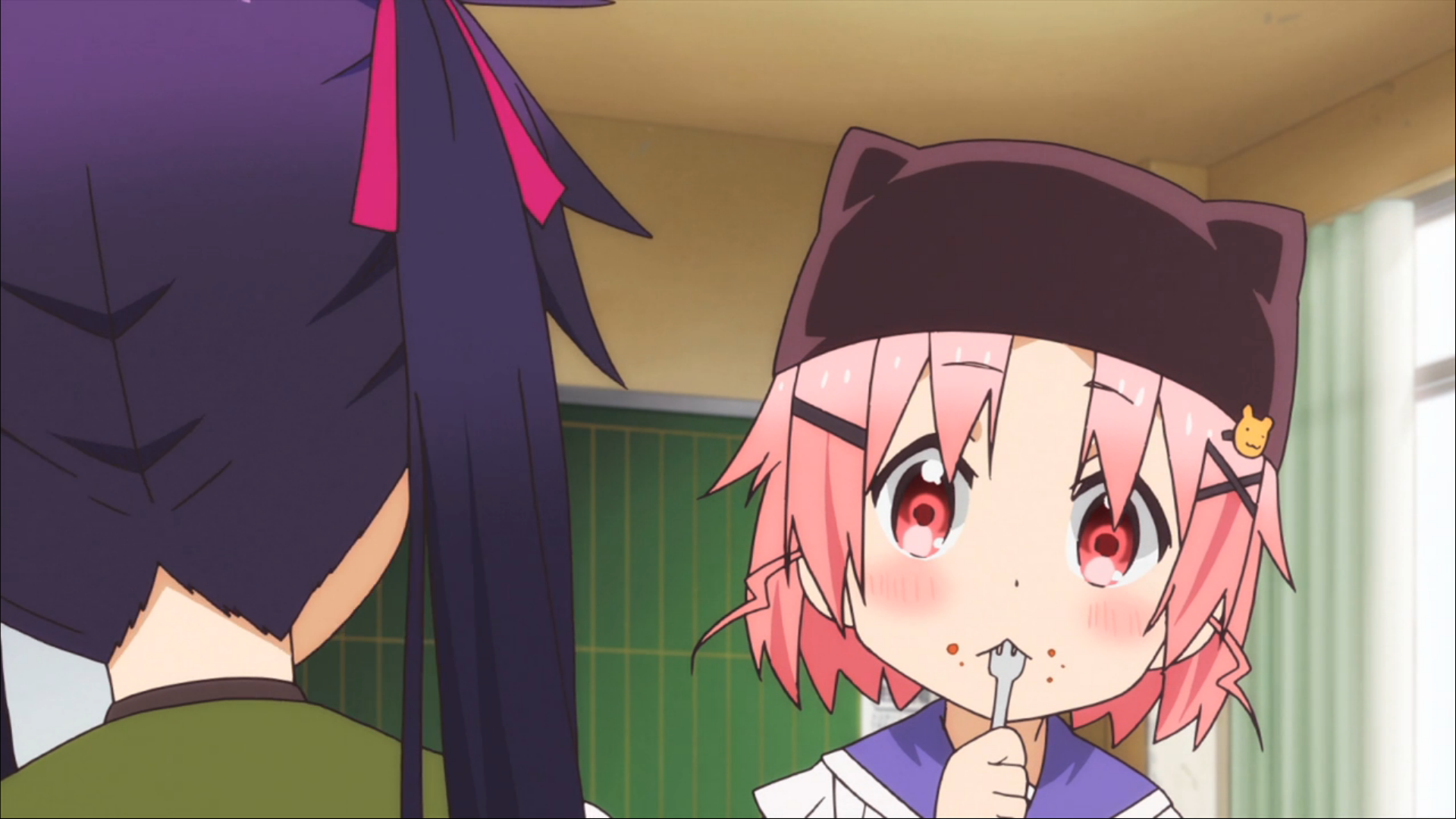
While their character designs can be seen as a stylistic choice, Yuki Takeya’s personality also seemingly fits into the characterization of infantilization. Like how Tohka acts after she is sealed, Yuki is childish, naive, and is labeled as an airhead even though she is eighteen and the oldest out of all the members. She is the token “sunshine” character who is there to brighten up the mood and comfort the others.
It is clear from the show that Yuki is more reliable than some might think, and she is the first to recognize that an outbreak has occurred, yet all she is remembered for is her inability to cope with the situation. In retrospect, her big eyes, short hair, cat-ear hat, and small stature reinforce the notion that women in anime cannot look their age. It leads to the stereotype that women are vulnerable and weak which undermines their age and power.
What Makes This Problematic?
“Better Help” (( Better Help. “Causes Of Infantilization.” 2023. )) suggests that infantilization can be demeaning, and although these are fictional characters, excessively portraying them in this manner can give the impression that infantilization can be accepted in any setting. This treatment of another is inappropriate and should not be inflicted upon anyone, regardless of their status or appearance.
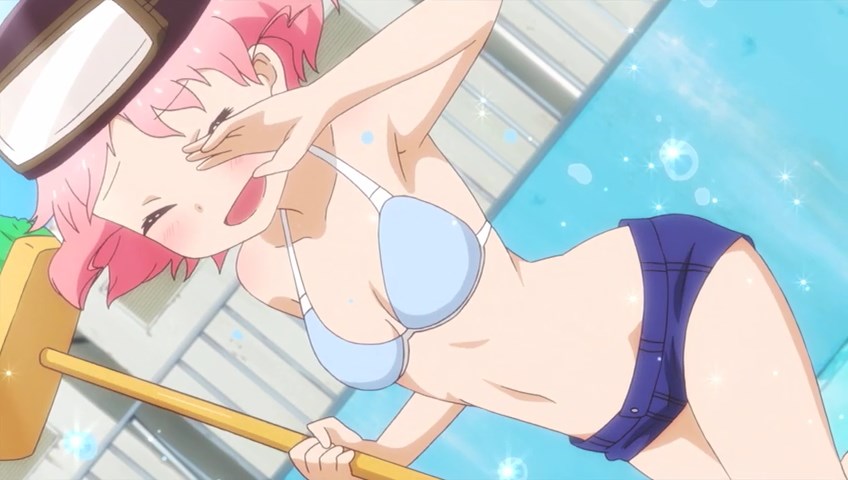
Alternatively, The Verdict states that infantilizing women can have a narcotizing effect and that:
“when young girls are constantly sexualized and women are infantilized, this portrayal of women will naturally create a false perception of how youth and submissiveness are traits to look for.”
(( Sood, Tavisha. “The Infantilization of Women in Mainstream Media and Society.” The Verdict Online. Apr 23, 2021. ))
Hinata’s actual growth is often hindered when this personality trait is imposed upon him. As a high school student, one of the smallest on his team, and an overall stellar player, Hinata’s hard work in the series is not taken as seriously as it should be. Although he has bulked up from exercise, gained a few inches, and reached adulthood, his fanon personality is still very prominent. It is essentially impossible for him to grow up.
Hinata is not the only character in his series treated in this manner; most, if not all of the main characters are characterized by one small characteristic, which is blown out of proportion. Haikyuu!!, however, is not the only anime to experience this issue.
Throughout his series, Izuku has continuously changed. Since he lacked the powers of others, he has grown tremendously into a person of equal strength. From the first two seasons, his achievements have been vastly overlooked due to his personality. In spite of this, he has also continued to evolve and change over time, much like Hinata.
As a result, it hinders the overall development of the character. It is especially important to emphasize this point when the creator of the series approves of the portrayal of these characters. It implies that the fetishization of not only teenage girls but also Asian women is appropriate when it is not.
Is There A Way For Fandom To Move Forward?
To this day, this idea or trope is still prevalent and goes far beyond treating a particular character more kindly than others. It has an effect on how others perceive them and how they perceive others in real life, which is particularly problematic for younger, more impressionable audiences.
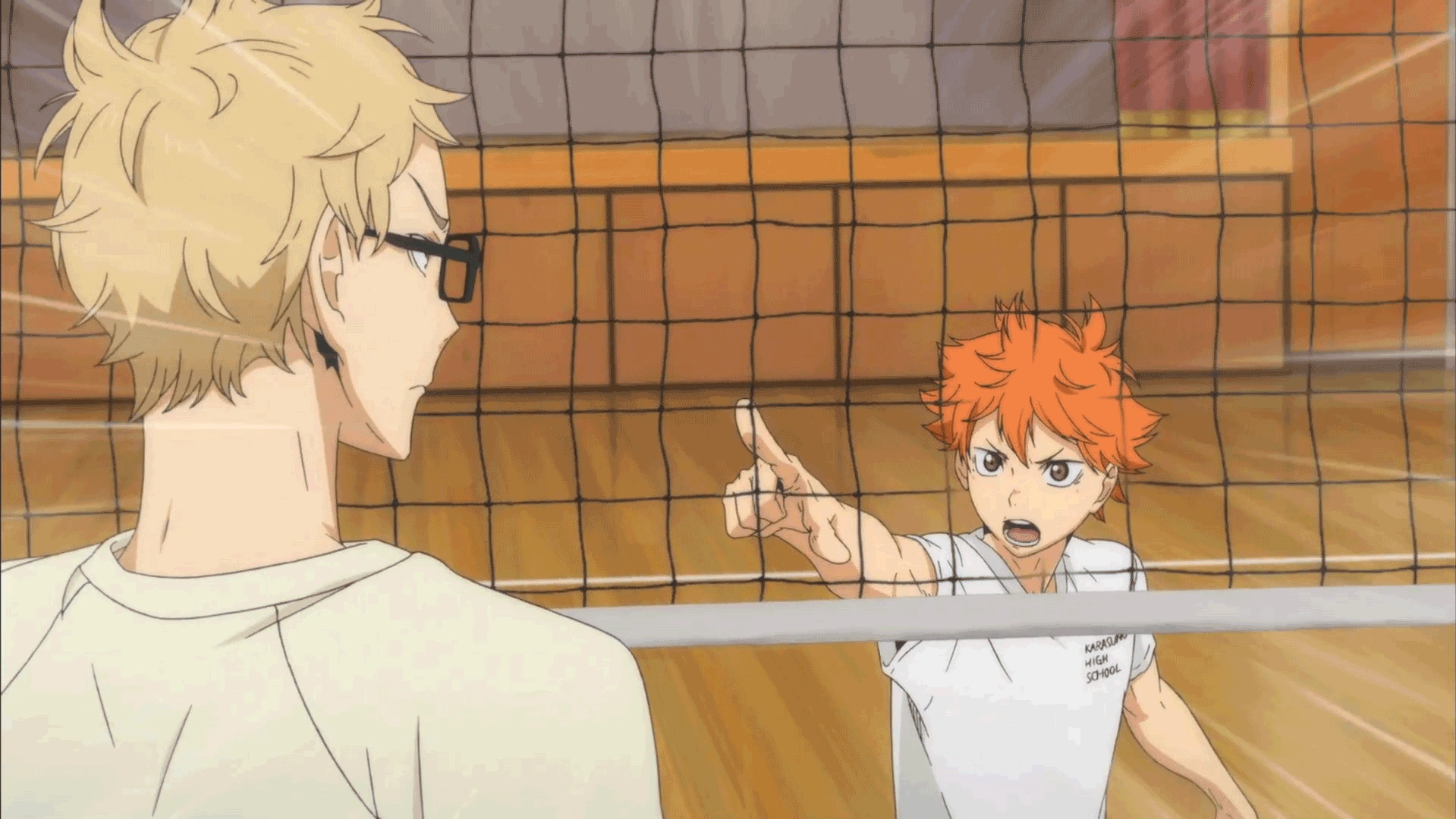
Making a fanon personality for a character is not necessarily bad; it can even be fun, but when it goes too far and becomes problematic, it is time to rethink certain aspects and educate oneself on why it may be harmful.
